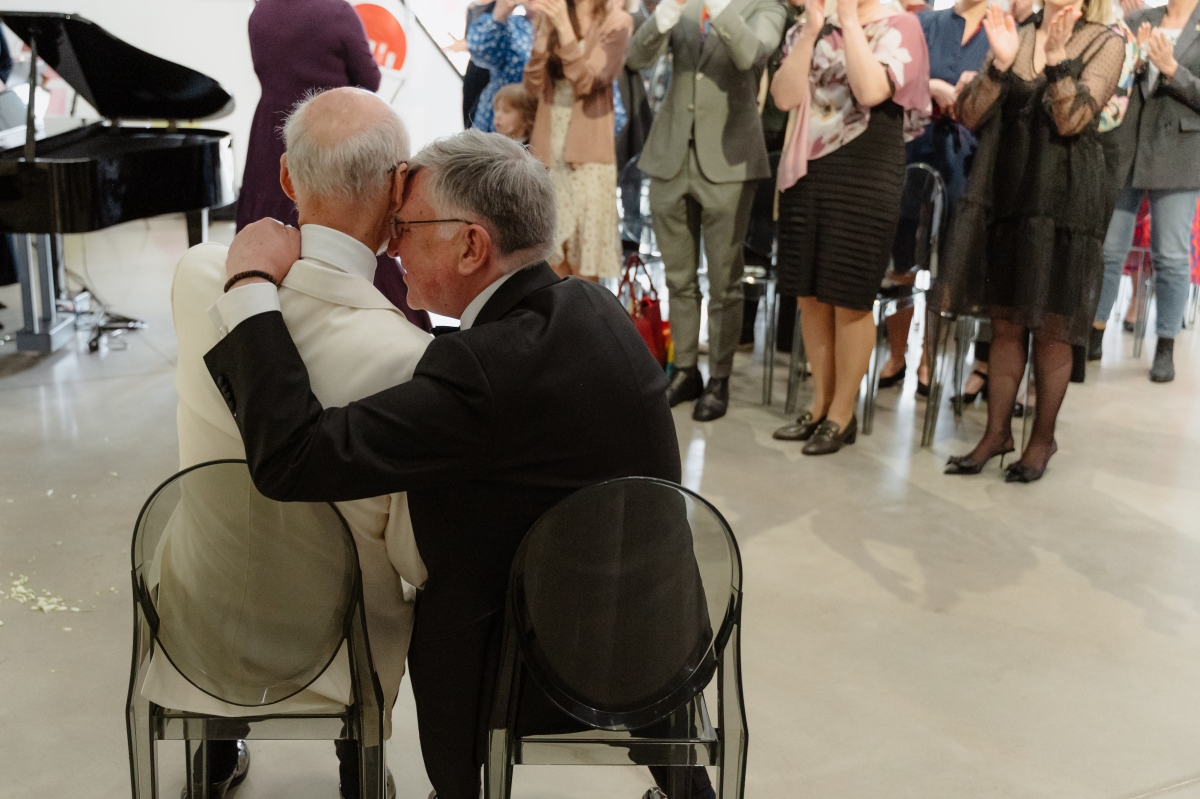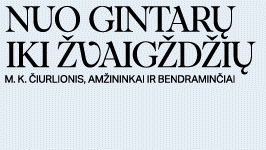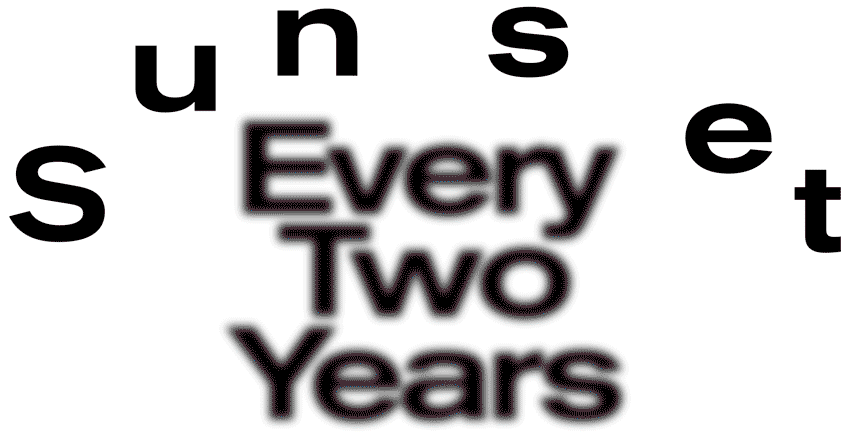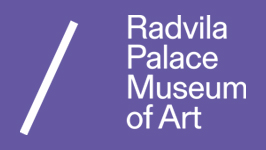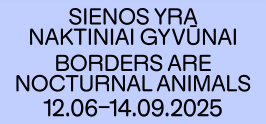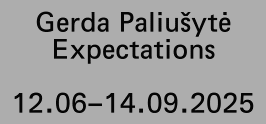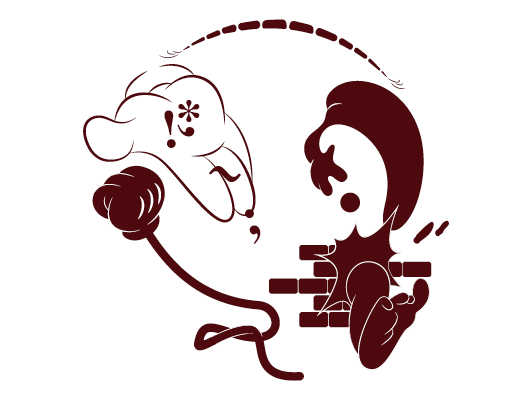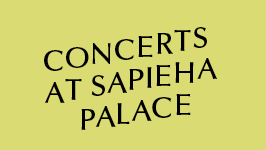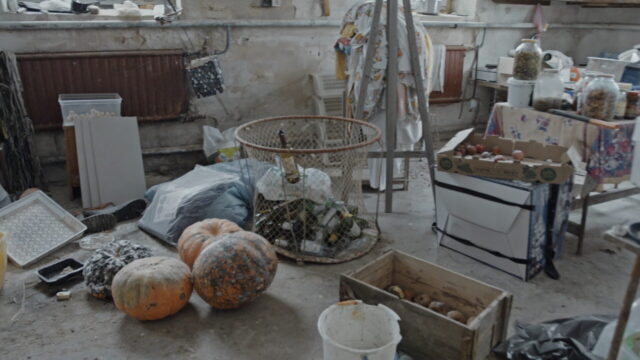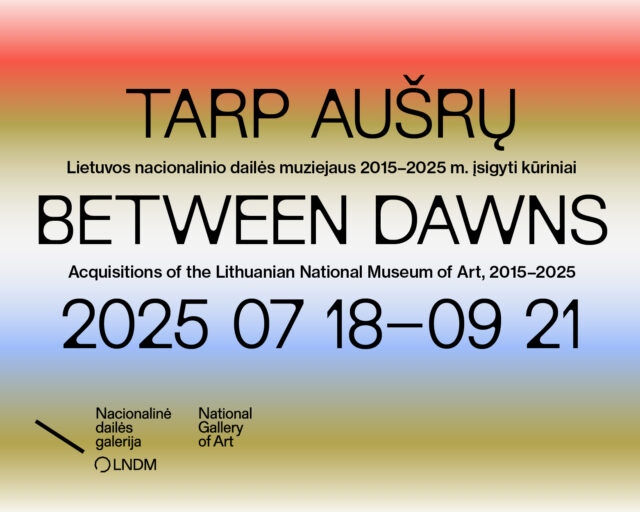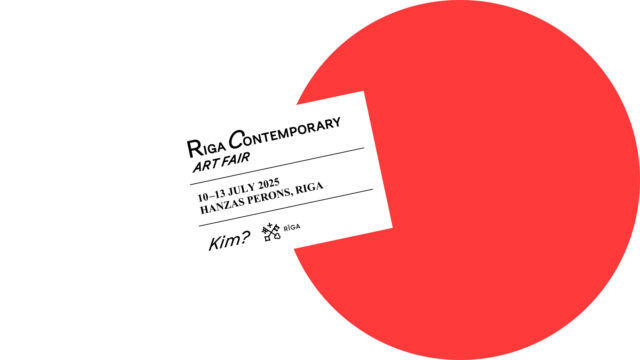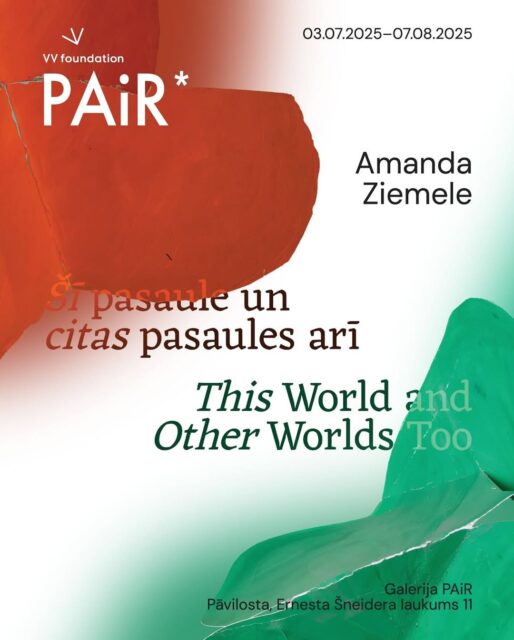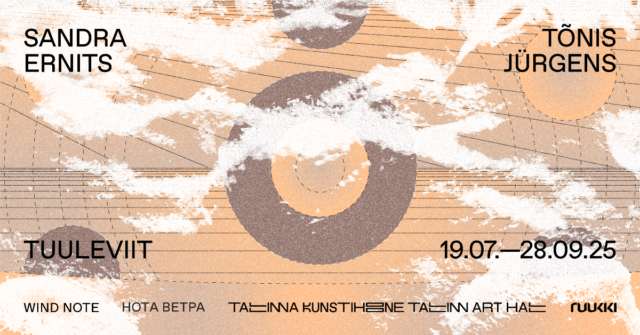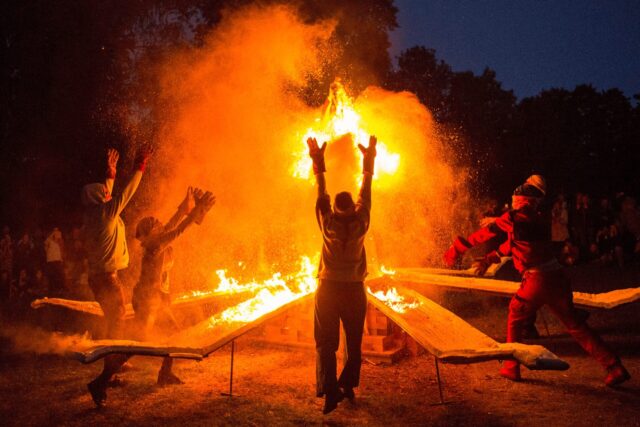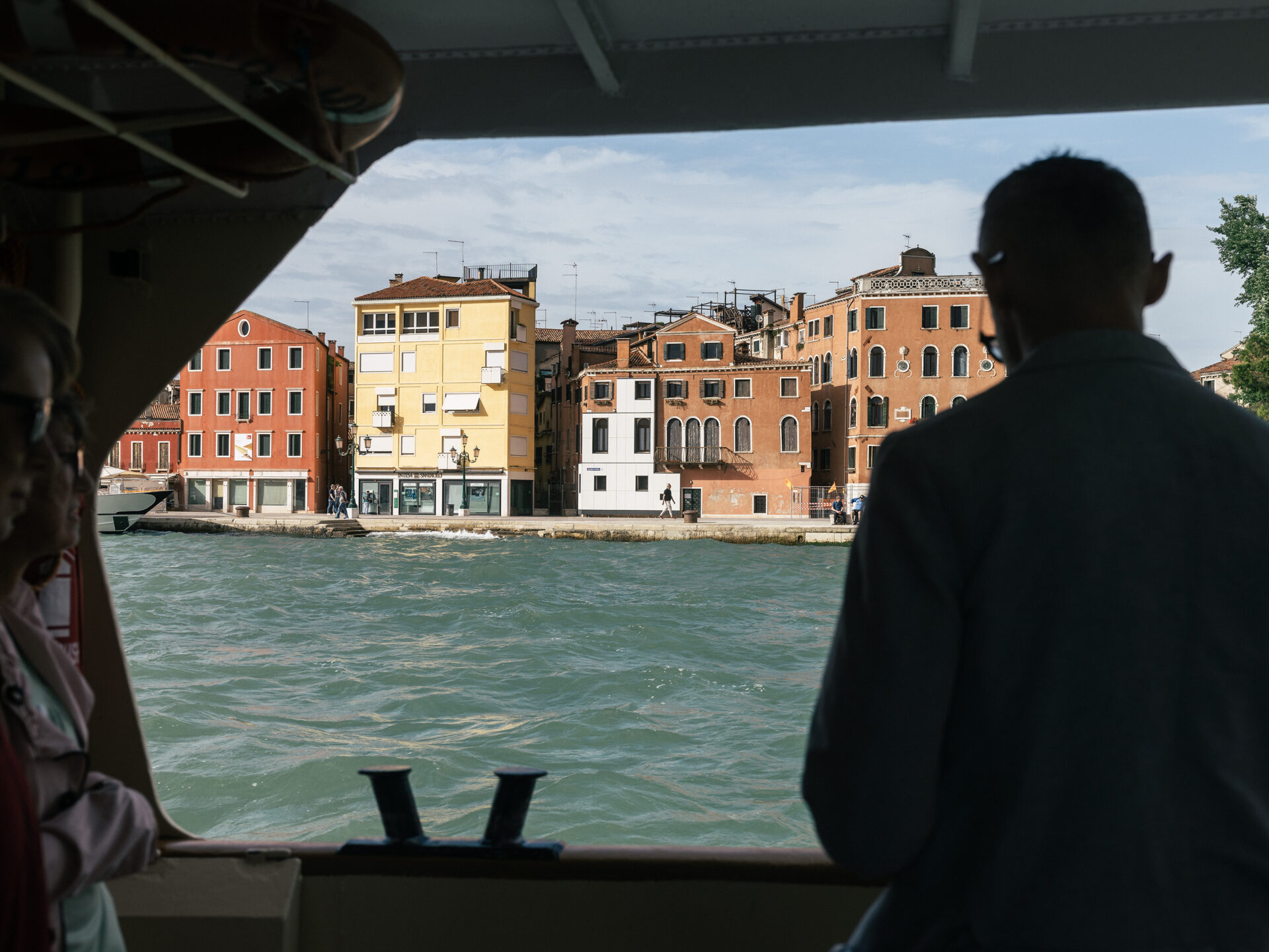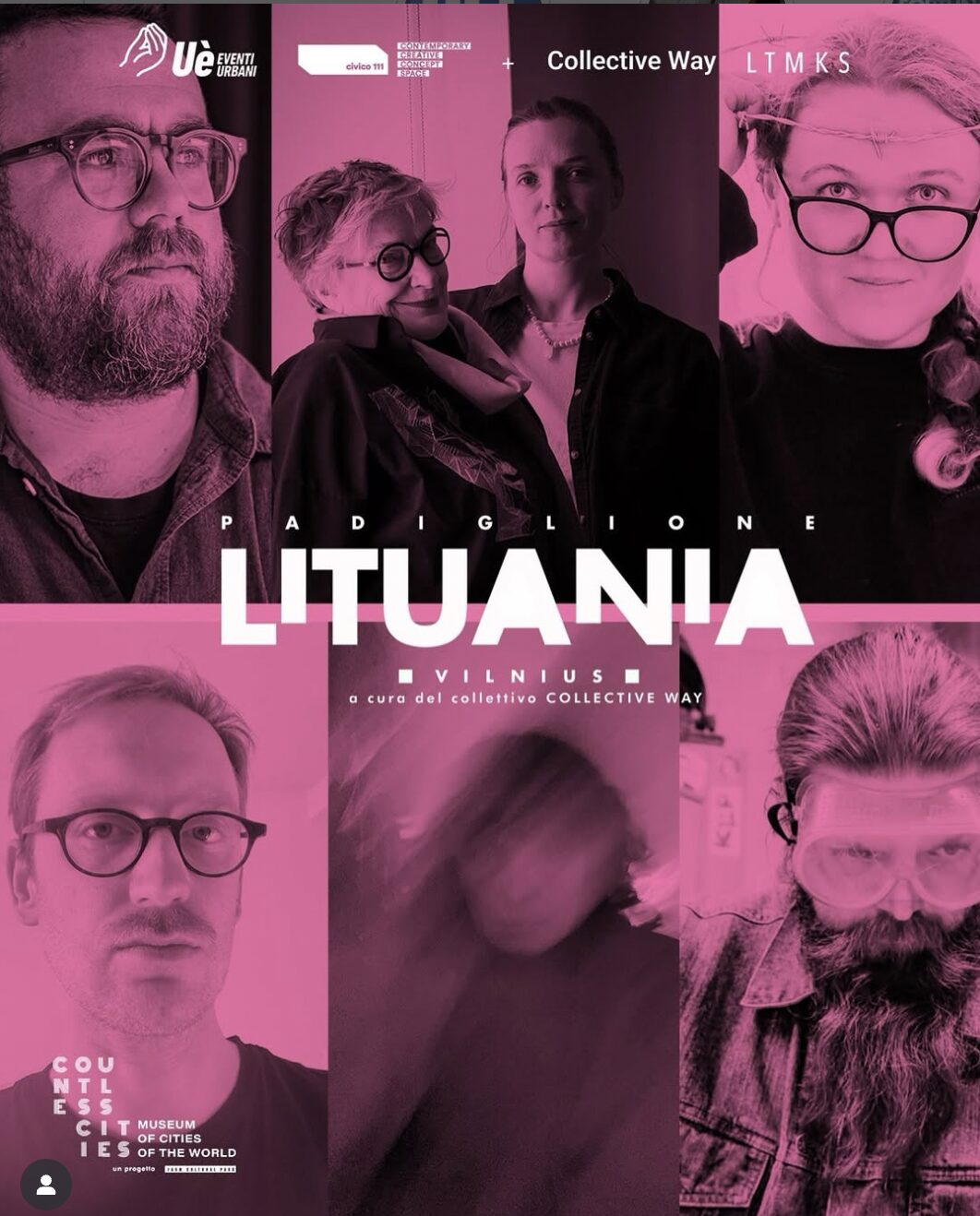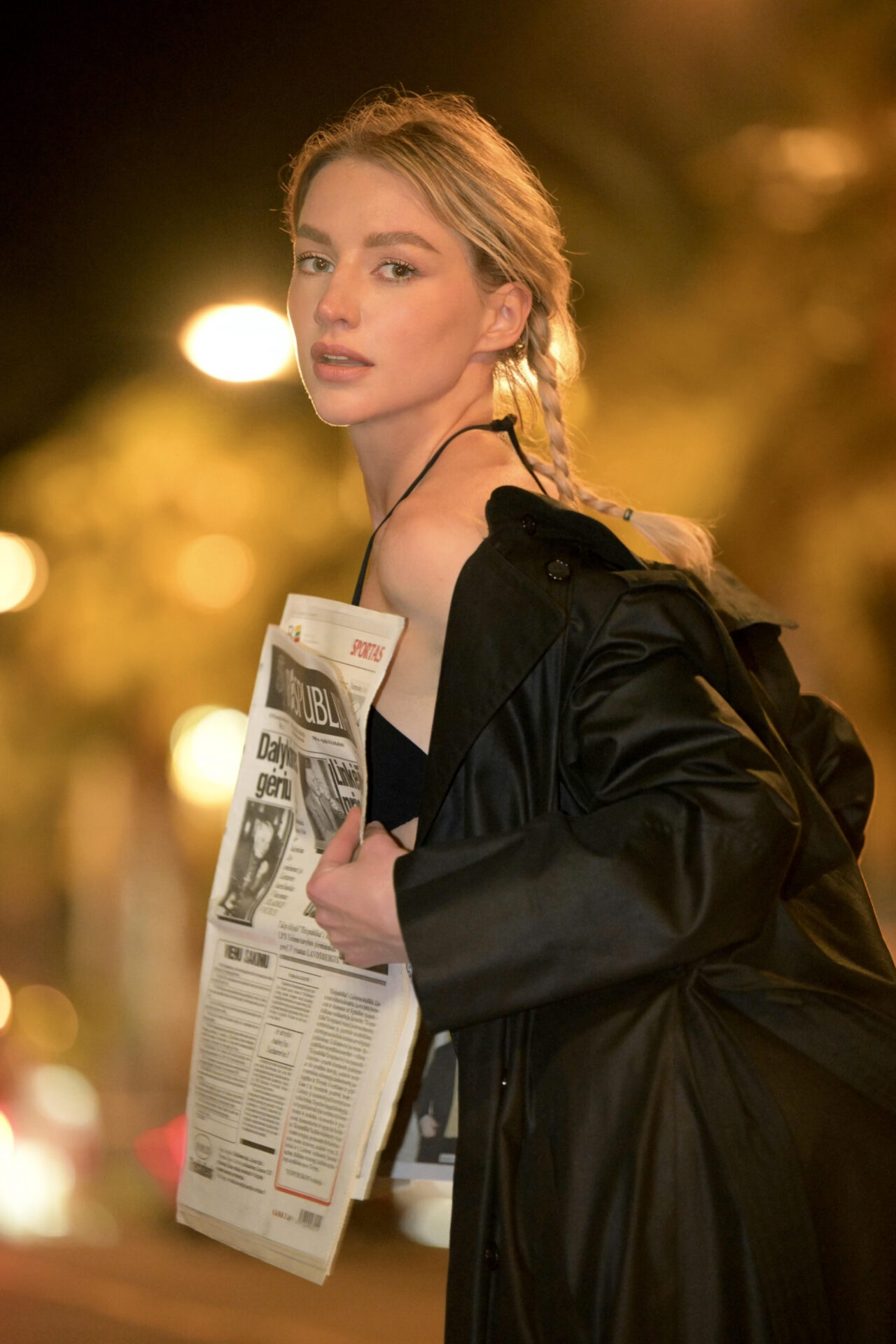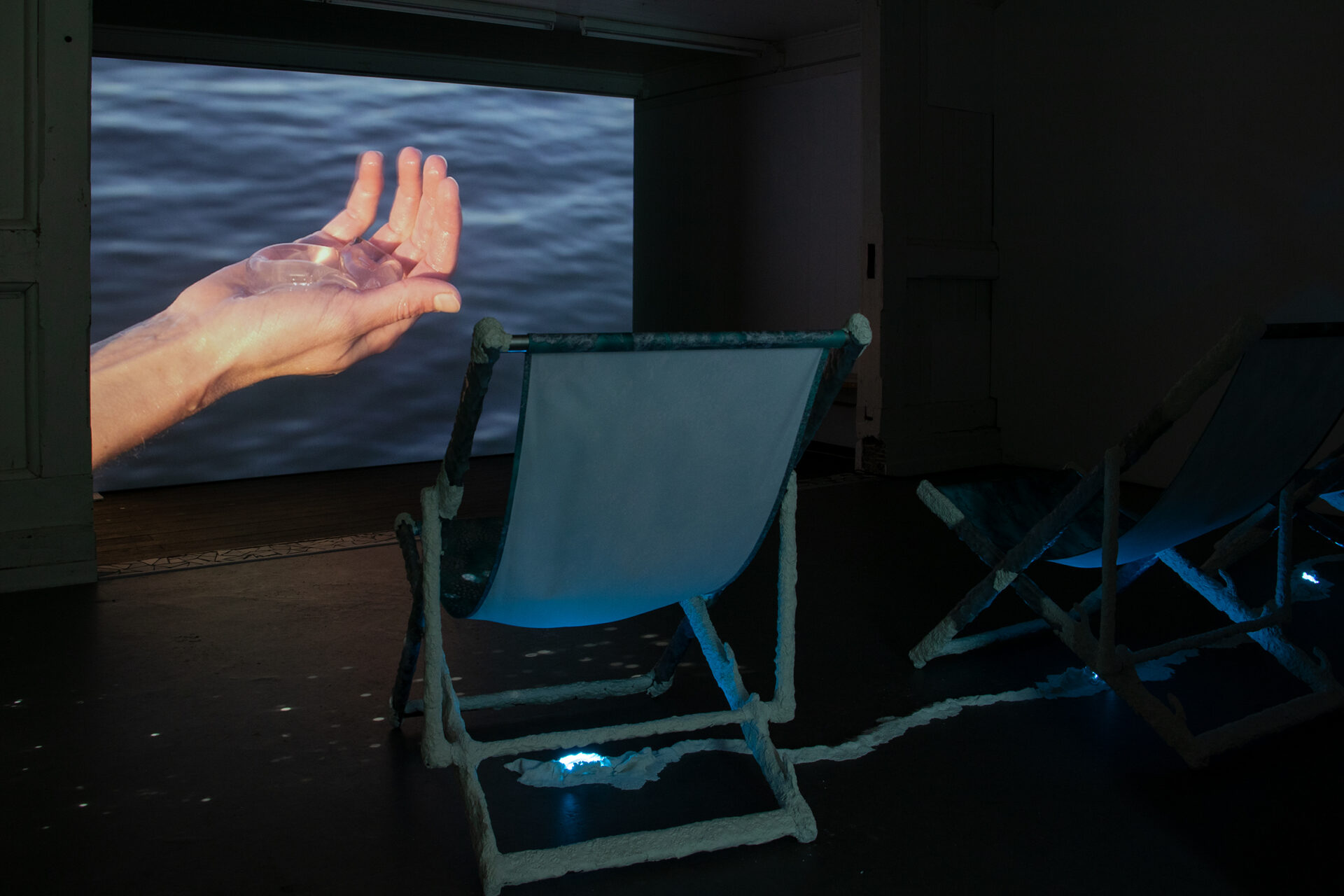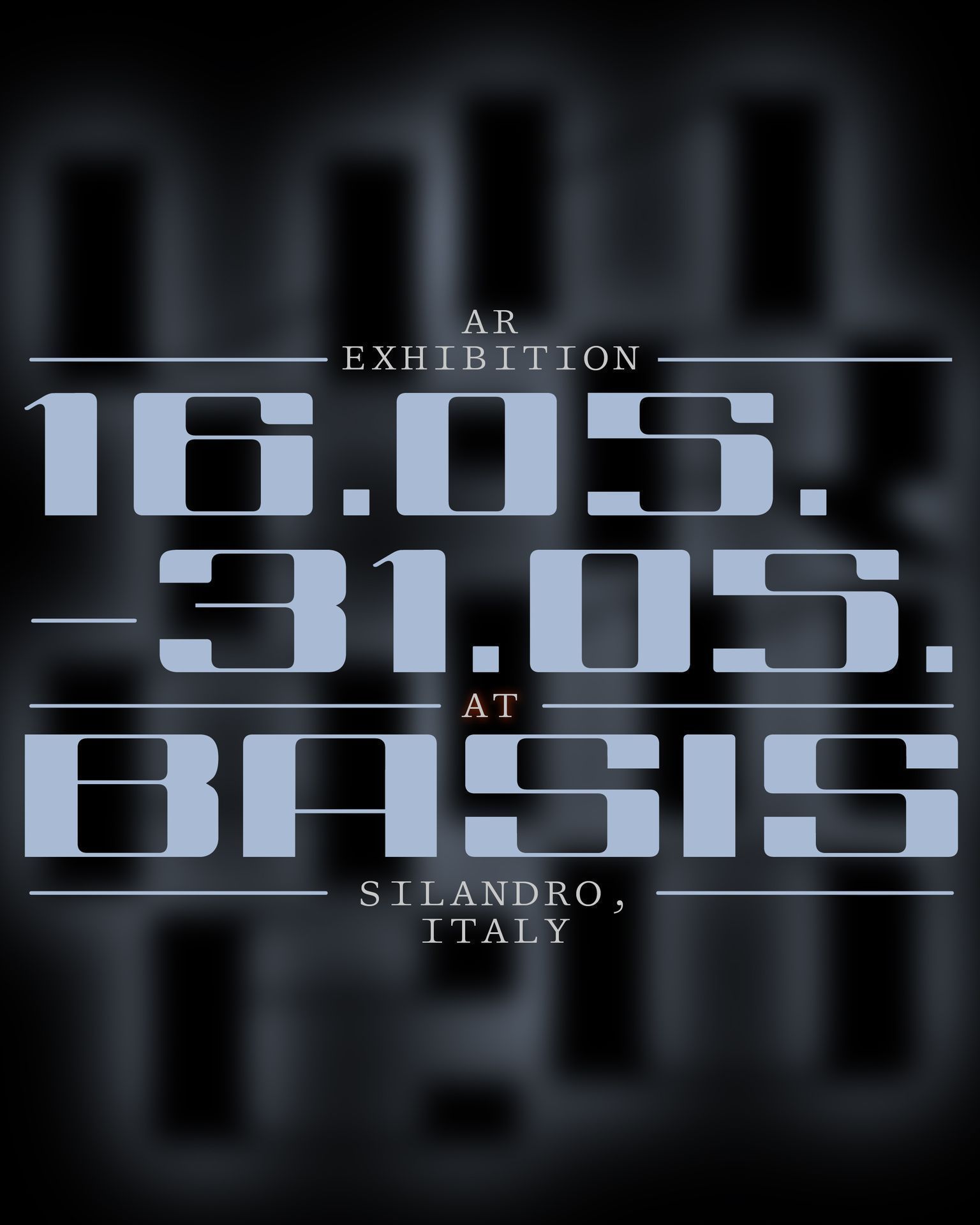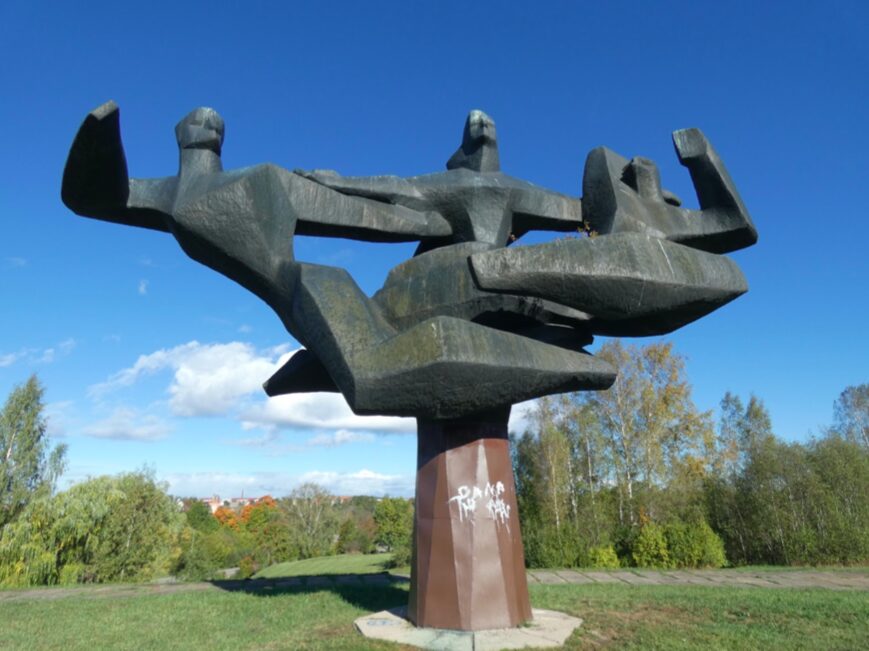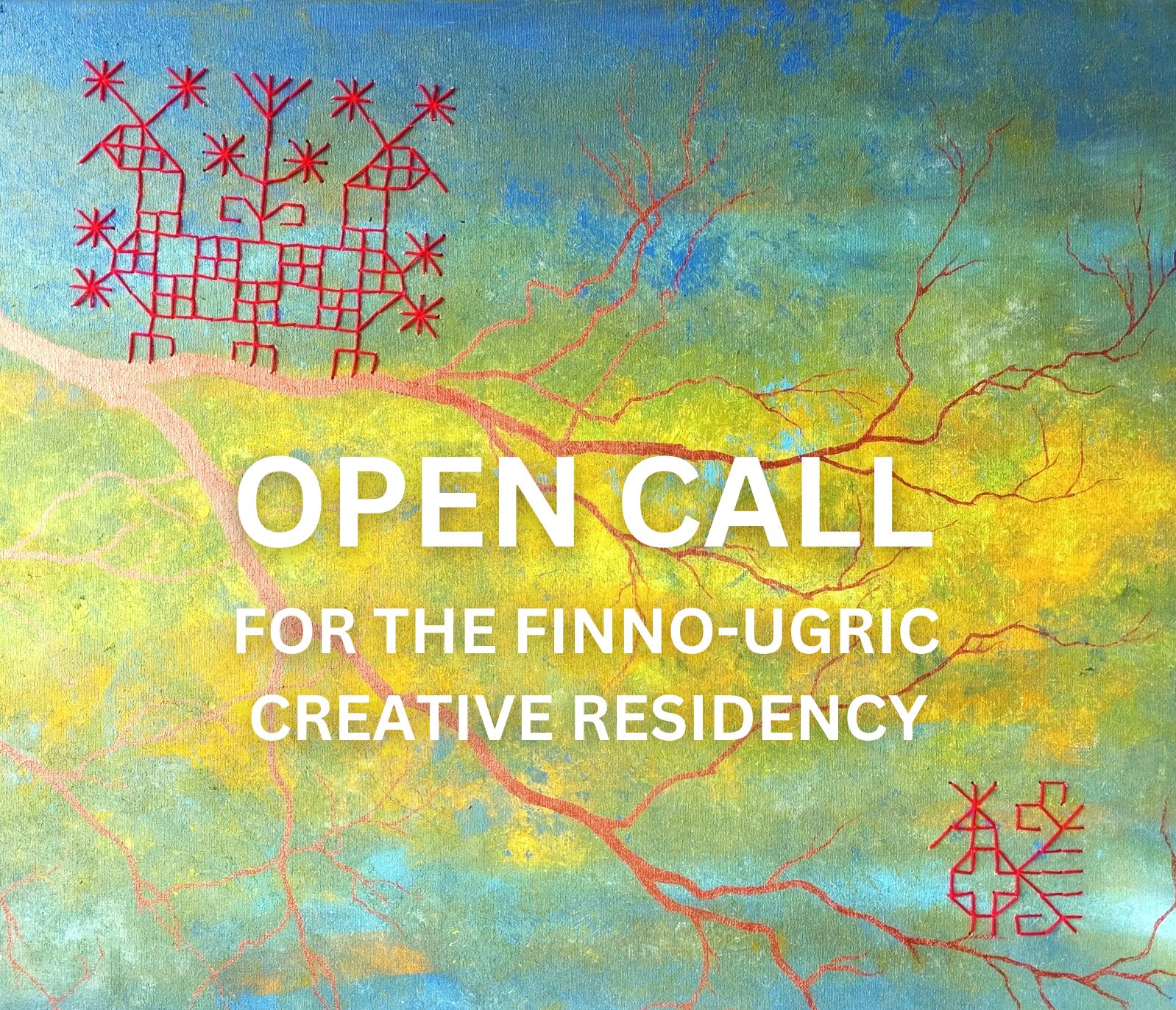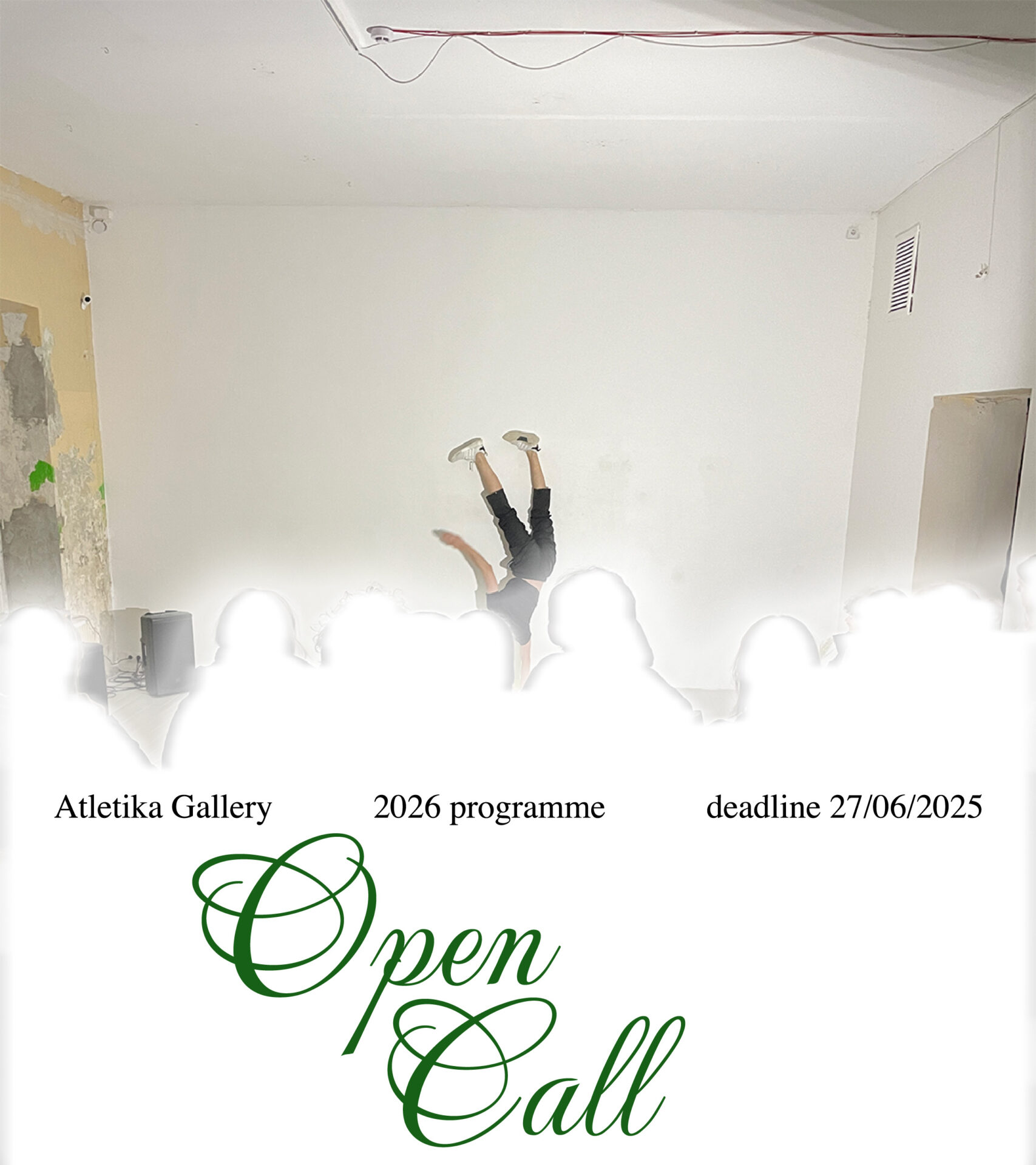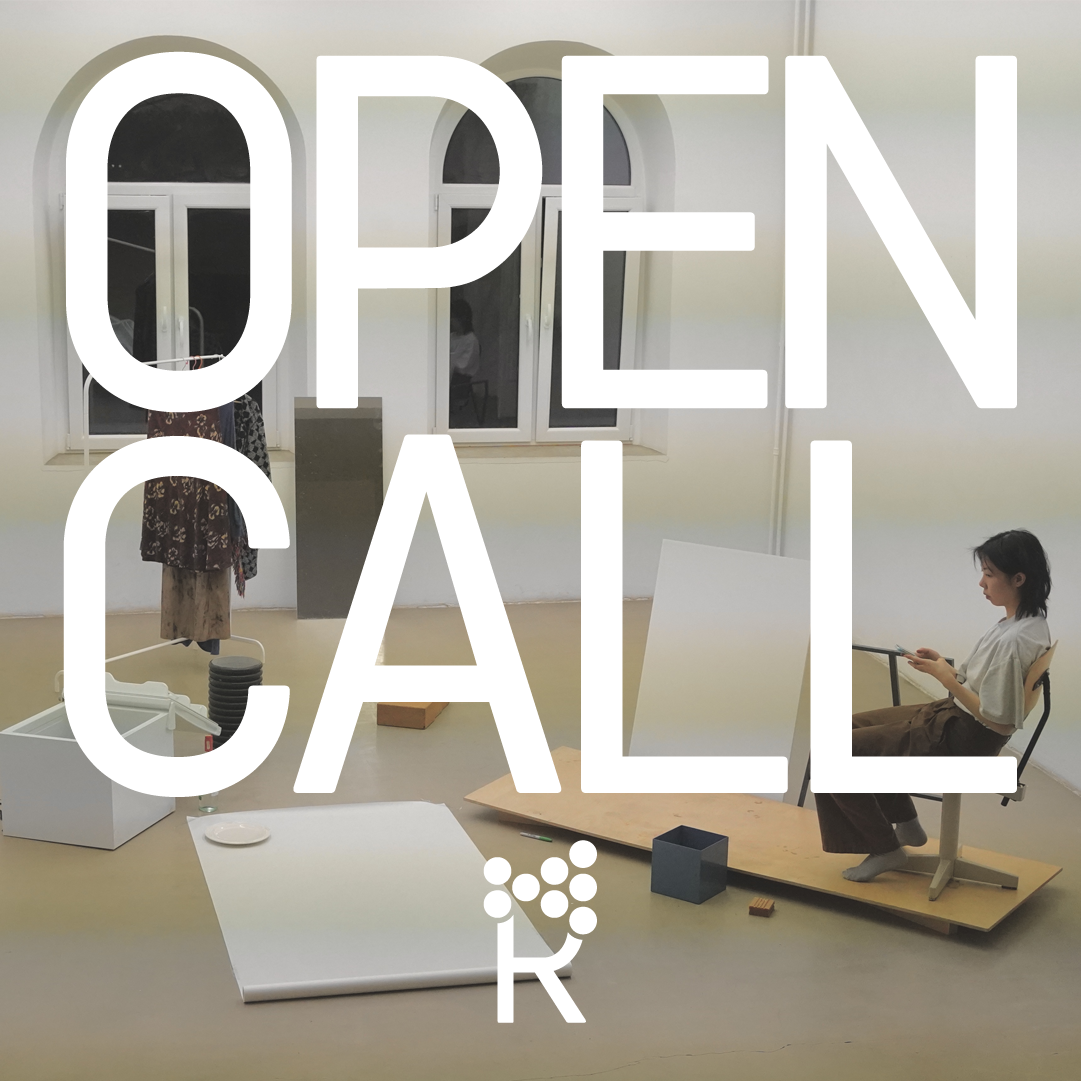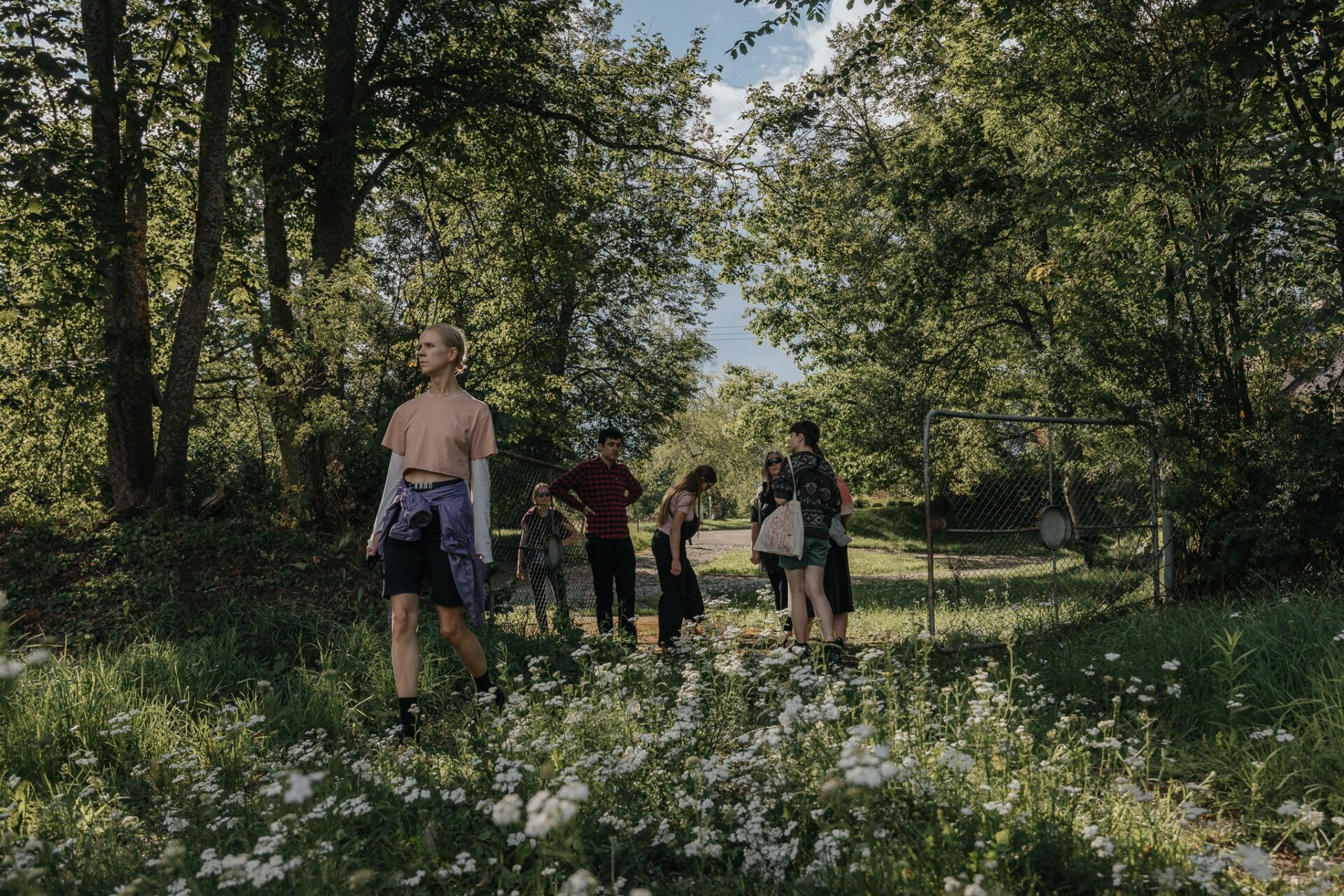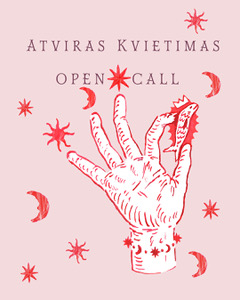‘And now, even with my old body and his old body, when we embrace, everything becomes one. We become one, despite our age. He says he wouldn’t want to live without me, after fifty years together. I think perhaps my timidity in life was not so much about protecting myself as it was about protecting the two of us. Both of us.’, said Vitalius.
This April, an extraordinary wedding celebration of beloved partners was commemorated at MO Museum in Vilnius. The symbolic ceremony of a couple who have lived together for fifty-two years differed from ten other weddings that took place in the museum not only because of the mature age of the couple but also due to legal nuances. More than twenty-one thousand people witnessed the ceremony, yet the partnership was declared legally invalid. Vitalius and Albinas navigated the perilous Soviet era for homosexual couples but despite the country’s regained independence, their rights as a couple remained unprotected. It is not surprising that there is societal resistance to same-sex marriage when, for decades in the region, even people of different sexes ‘did not make love’.
The exhibition ‘We Don’t Do This. Intimacy, Norms, and Fantasies in Baltic Art’, currently on show at MO Museum, refers to the supposedly non-existent sexuality of the people in the region. Curated by Inga Lāce, Adomas Narkevičius and Rebeka Põldsam, and initiated with a work by Česlovas Lukenskas, the exhibition offers an overview of the culture of sexuality, gender roles and the transformation of these phenomena in visual art in the Baltic region. This region spent a century under Soviet occupation, during which many things were considered non-existent. The exhibition highlights phenomena whose existence we still ignore today. Consequently, the display avoids a chronological arrangement of works, presenting the Baltic region as a whole without emphasising the fundamental differences most easily observed in legal regulations, since Lithuania remains the only country in the region without the aforementioned same-sex partnership law. The exhibition, of the ‘here’s what we do’ type, highlights areas where space has been left for the culture of sexuality in specific locations, with bodies performing mechanical functions of childbirth, eating, logistics and various work tasks, ensuring control over the expression of sexuality. Therefore, although sexuality was not spoken about, it was depicted in these spaces.
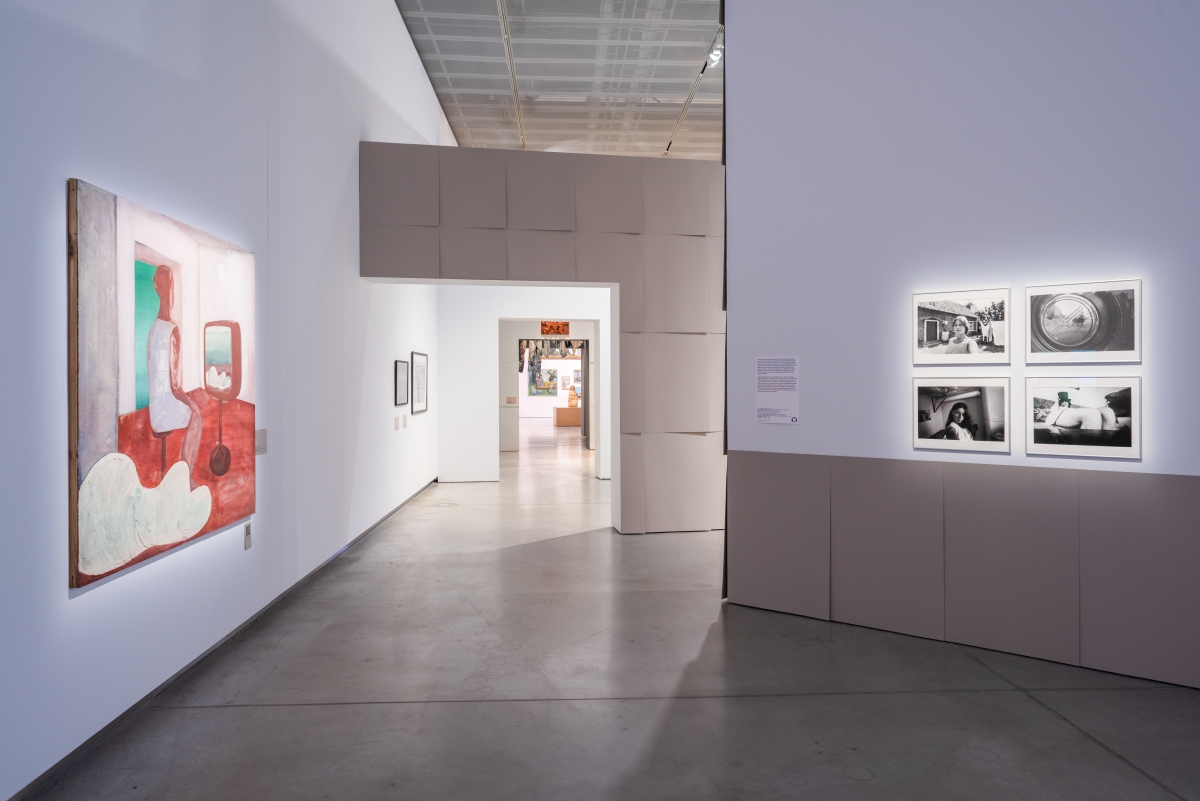
Exhibition view, ‘We Don’t Do This. Intimacy, Norms, and Fantasies in Baltic Art’, MO Museum, 2024. Photo by Jonas Balsevičius
According to some people, sexuality related to the body was and still is only as important as it is to reproduction. Therefore, the main place where it is considered decent to encounter it directly, even under not very attractive circumstances, is the doctor’s office. It is precisely in this space that the normativity of sexuality is associated with gender and human biological development.
An interview with Dr A. Alekseičikas, the only psychiatrist in Lithuania who openly talks about ‘treating’ homosexual people during the Soviet era, published at the end of June by Rasa Navickaitė, shocked readers of the Lithuanian cultural periodicals. The transcribed interview is read as a dramatic sketch not so much about the region’s history but about today’s reality, filled with selective spirituality and flawed logic meant to justify the inconvenient rules of cohabitation. The fact that human sexuality was ‘treated’ in a psychologist’s office underscores that bodily pleasures originate in the mind. The exhibition curators emphasised this by featuring paintings exploring psychological themes by Marija Teresė Rožanskaitė and Loreta Lapienytė at the start of the exhibition, which also offer glimpses into the emotions of medical doctors. It is evident that working with the human body, even in its functional aspects, is not akin to repairing a perfectly regulated machine. Human traits, including sexuality, were once seen as flaws that hindered the planned economy and are now perceived as obstacles to effective economic progress. In a society of physical training, where we adhere to norms of endurance and power, aiming to function flawlessly like machines, we prioritise training rational and understandable categories of morality and ethics over stretching muscles of feelings. In this context, unproductive sexual relations are deemed unnecessary.
The Soviet regime relied on a surveillance system that permeated every aspect of society. To maintain control over the expression of sexuality, individual sexual expression in public was restricted. Artists depicted people in ordinary ways that did not align with the ideals of Soviet men and women portrayed in propaganda posters. Exhibition curators describe this visual humanity as an artistic fantasy, rejecting the depiction of constrained public spaces and creating an alternative vision. In the 21st century, artists have ‘reclaimed’ the streets and the life within them through their work, highlighting that street life as a counterculture with unrestricted expressions (including gender) existed even during the Soviet era. People rushed through the streets to work, physically testing their bodies’ capabilities. Despite changes in contemporary perspectives, paintings of men in suits or eroticised figures of road workers remain relevant. However, what’s fascinating is not the ‘timeless’ subject of the working man but the opportunity to glimpse a specific kind of masculinity visible only among men and to notice the absurdly frozen time echoing like ABBA’s ‘Money, Money, Money’. In a world controlled by wealthy men, the almost homoerotic male dominance in workplaces, including the art field, presents an endless tragicomic scenario. The Soviet-era male photo club culture, which repeatedly discouraged female photographers from active creativity, is just one of many past and present forms of male dominance highlighted in the exhibition. Auseklis Baušķenieks’ painting ‘Typewriter’ cleverly illustrates this dynamic by depicting a woman effortlessly transcribing dictated text, nursing a baby and styling her hair simultaneously. The painting, referencing both the interwar and Soviet eras, casually observes the enduring nature of patriarchy and the myriad tasks the multifunctional ‘typewriter’ must perform.
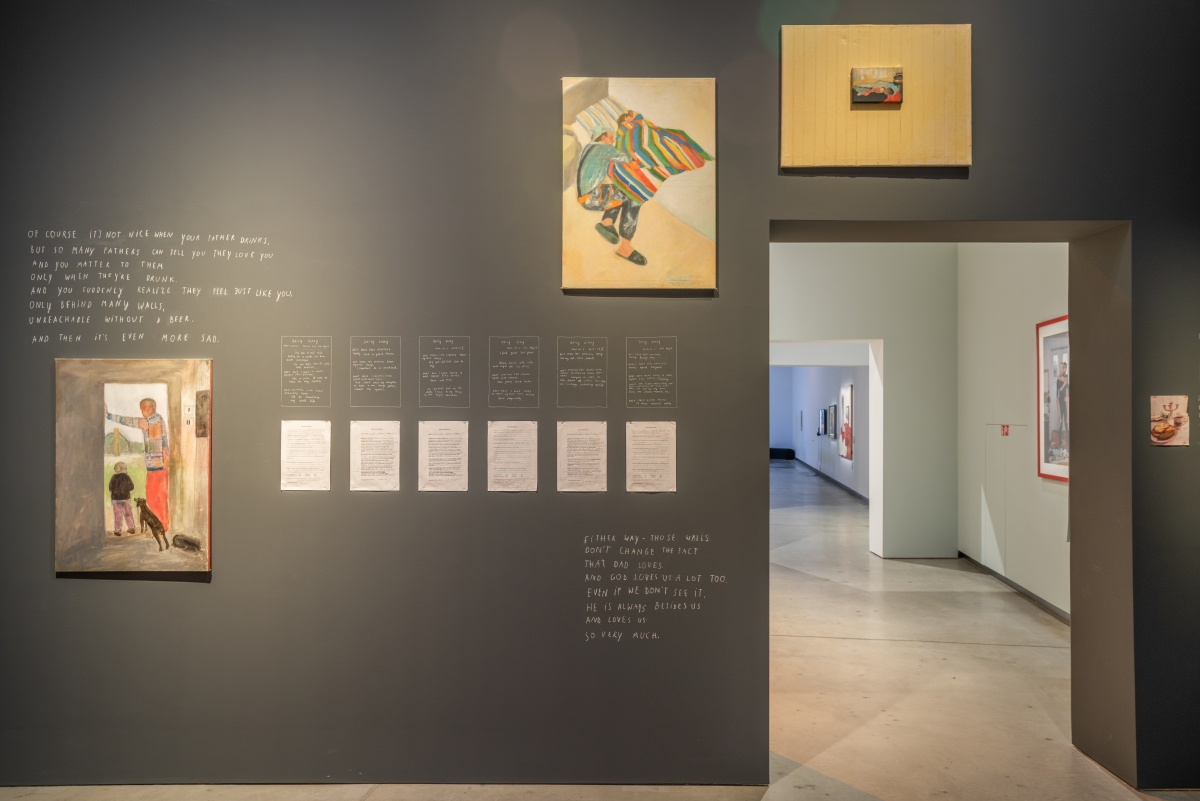
Exhibition view, ‘We Don’t Do This. Intimacy, Norms, and Fantasies in Baltic Art’, MO Museum, 2024. Photo by Jonas Balsevičius
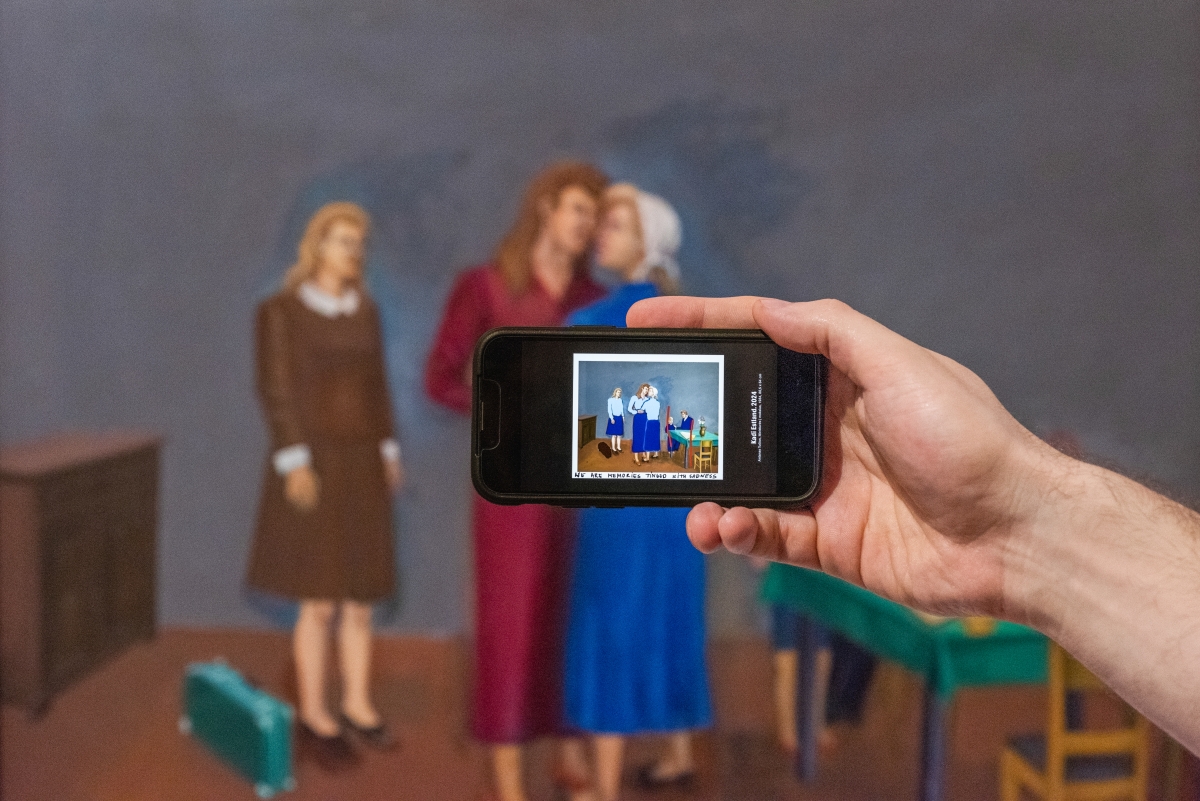
Exhibition view, ‘We Don’t Do This. Intimacy, Norms, and Fantasies in Baltic Art’, MO Museum, 2024. Photo by Jonas Balsevičius
The only public places where a person can be nude are recreational areas such as beaches and saunas. These minimally censored spaces for relaxation received considerable attention from Soviet-era artists. Depending on their nature, these spaces were safe havens for women, casual retreats for families, and venues for dates and casual sexual relationships. A wide range of emotions encountered in these places is reflected in the themes of the artworks. This includes the anxiety about one’s and others’ naked bodies, as seen in the portrait ‘Summer Vacation’ by Estonian artist Varmo Pirk, which depicts a young man feeling out of place amidst collective merriment. It also includes the exuberance captured in the photographs by Latvian artist Konstantin Zhukov and the pride of the naked men standing next to sandcastles, as documented in Virgilijus Šonta’s photographs. The beach is like a miniature of an unrestrained society; a relaxed society that allows itself to indulge in pleasures a bit more than usual.
We live without desire until we feel it, much like we live without being aware of our back until it hurts. Thus, encounters with our own bodies often surprise us. In the eternal opposition between subject and object, it has been decided that objectifying a person is immoral, partly because we all aspire to the same ideal, even if its characteristics change over time and political systems. By identifying ourselves with the ideal and our beloved with ourselves, eroticism is suppressed. This is confirmed by paintings in the exhibition depicting romantic relationships between couples. In these works, bodies do not touch; they are obliged not to provide pleasure and are full of an elevated discomfort that cannot rationally explain the need for intimacy. Philosopher Byung-Chul Han, in his book ‘The Agony of Eros’, discusses the recent crisis of love, which arises from the diminishing boundary between object and subject. The achievement-oriented subject primarily seeks comprehensive fulfilment. Individuals who desire the same ideal lose their otherness and thus the ability to be the other as a romantic object. Han talks about the phenomenon of success depression, where the achievement-focused subject sinks into themselves and becomes absorbed without any interest in the object. This is not merely alienation but the end of eros. In an era of artificial insemination, sexualised artificial intelligence, easily accessible pornography, mechanical masturbation and even faster ejaculation, relationships between the self and the other are perceived as unnecessary, since we can fulfil all social and economic functions ourselves.
However, the closely related categories of enjoyment and admiration, which endlessly touch one another and are born in our spirit through our bodies, are part of comprehensive fulfilment. This is echoed in the exhibition by early findings of visual eroticism: Violeta Bubelytė’s self-portraits and Ly Lestberg’s sacred body photographs allow the enjoyment of the beauty of aestheticized nudes. Also, Snieguolė Michelkevičiūtė-Masevičienė’s male nude photographs let us simply admire the eroticism of the body without triumphant ideal poses. The exhibition also features an observation by photographer Romualdas Rakauskas, author of one of the most famous erotic albums, ‘Blossoming’, noting that for rural people, blossoming is the busiest time. Thus, to admire blossoms, like bodies, one must have the opportunity to withdraw from economic functions. Just as to experience the pleasure of admiration comparable to moral ideals, one needs precious time.
The exhibition, dense with artworks and complex contexts, explored the enduring issues of bodily and sexual representation in the region, aiming to showcase a comprehensive narrative. The curators’ main statement—‘the struggle for political freedom does not automatically guarantee social and sexual freedom, equal rights to pleasure, safety and love’—further emphasised the relevance of the artworks. The exhibition posed a fundamental question: ‘How could we practise intimacy, fantasise and create relationships differently?’. Through the careful creative practices of photographers Janina Sabaliauskaitė, Veronika Šleivytė and other artists, along with thoughtful curatorial approaches, queerness was used both as a critical perspective and as a mythologised alternative for the vulnerable human. If we, like our bodies, continue to be perceived through the mechanical functions we perform, including economic ones, will we have enough strength left for connection? To truly connect with another, one must feel a need for the other person, thereby acknowledging one’s incompleteness. In vulnerability, within that empty space of the curve, the possibility of mutual admiration is born.
Translated by Rosana Lukauskaitė
